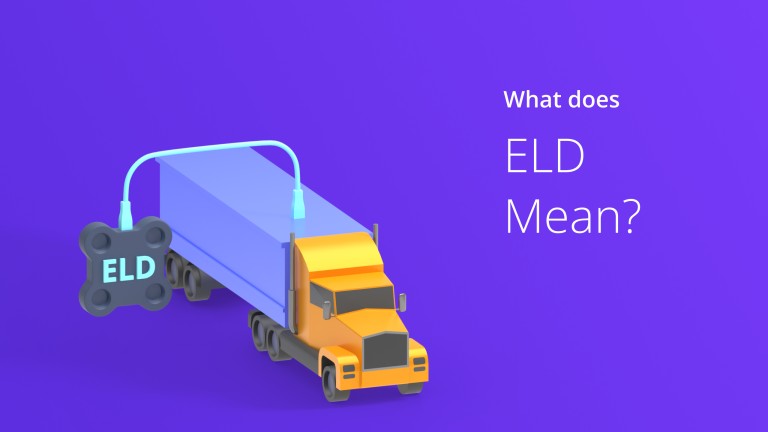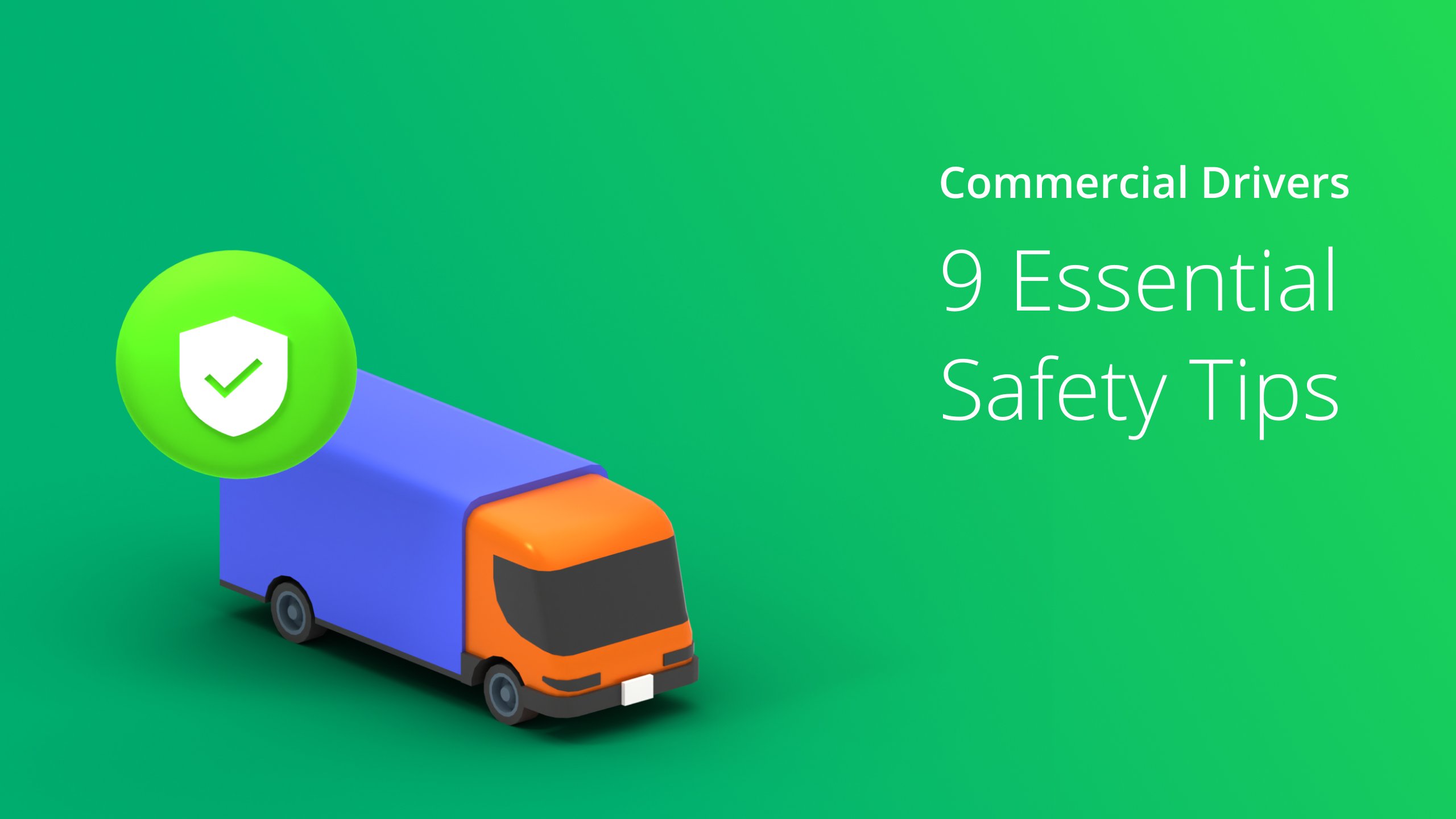You might have read the ELD mandate released by the United States Federal Motor Carrier Safety Administration (FMCSA) for trucks and commercial vehicles.
If you own a commercial motor vehicle, this might’ve confused you more than you already are.
Read on as we answer the query, “what does ELD stand for?” and how to install an electronic logging device to track the engine hours of service (HOS) and the record of duty status (RODS).
Truck Route Navigation App

Table of Contents
What Does ELD Mean?
ELD stands for “electronic logging device,” which are electronic on-board recorders used for recording the activities of commercial motor vehicles, especially in the trucking industry.
The Federal Motor Carrier Safety Administration (FMCSA) and businesses use this wireless electronic control module to search and track drivers’ status and driving time/hours.
How Does It Work?
ELDs are electronic devices connecting to the vehicle’s engine, automatically recording driving activity and driving hours/hours of service (HOS) with the date.
These data are transferred from the vehicle’s engine to the cellular device via Bluetooth or USB, compliant with the regulations (ELD rule).
With a built-in GPS tracker, ELD records the precise location and miles driven by any vehicle that it’s connected to.
This allows the company or the government to use the ELD data to apply federal regulations.
This also includes improving the driver’s driving operations and the business/fleet managers’ compliance with the truck’s and motor carriers’ proper maintenance.
Who Should Use an ELD?
- Drivers who operate under short-haul may use timecards
- Drivers who use paper RODS for more than 8 days out of 30-day periods
- Those who conduct “drive-away-tow-away” operations, in which the vehicle being driven is the commodity being delivered
- Drivers of vehicles manufactured before 2000
What’s the Purpose?
An ELD hardware records or logs the truck’s activities (or any commercial vehicle) by using the data from its location and checking if the truck’s engine complies with board regulations.
After the driver logs the ELD data (wireless) to the owner’s device, the ELD provider can use this data to check if the driver complies with the rules.
For instance, the truck’s maintenance (vehicle engine), following the required path, and if the driver is efficiently using the vehicle (checking the fuel economy, bad driving habits, etc.)
Is The Use Of ELD Mandatory?
Yes, it is mandatory in the US for truck drivers to use an ELD to track the hours of service and records of duty status during operating hours.
Trucking companies and other companies that use commercial vehicles must maintain a record of duty status to comply with the rules.
What Does ELD Mean For Drivers?
Having an ELD installed means truckers are expected to operate most efficiently and safely. While this may seem easy, research shows that about 500,000 truck crashes occur annually.
This also means that the ELD owner can reduce the risks of accidents.
With an ELD device installed, the engine is checked regularly, and the owner can correct any bad driving habits of the truck driver by using the logged data.
Driver safety is one of the main targets of ELD.
Why Is It Important To Understand The ELD Mandate?
Complying with the ELD mandate ensures the safety of not only the users but also the passengers and other structures on the road.
By knowing the ELD mandate, ELD users and companies show their compliance with the government’s monitoring of driver safety.
Benefits Of Using ELD
When an ELD is installed , the data from the device can be utilized to improve the vehicle’s fuel economy.
Moreover, when ELD owners follow the ELD requirement, they are unlikely to cause an accident.
ELD owners are tasked to ensure that the engine data and driver’s record is post-processed and feedback is given to the driver, thus reducing driver fatigue.
FAQs
How much is ELD Monthly?
The price of ELD may vary, but the subscription for premium services can cost around $15 – $40 monthly.
Do all truckers need an ELD?
No, only those who drive vehicles manufactured before 2000, conduct drive-away-tow-away, use paper RODS, and operate under short haul.
How many miles can you drive without an ELD?
HOS applies once a driver operates beyond the 150-air-mile radius from the starting point of the transporter.
Can I use paper logs instead of ELD?
Yes, you can use paper logs or timecards if you operate under short-haul.
Can I unplug my ELD for personal use?
Technically yes, but unplugging it is still recorded by the ELD service, and you are still responsible for it.
Summary
ELD devices give electronic logs to the ELD owners that they can use to track the activity of any commercial vehicle, improve its efficiency, safety, and driving patterns, and monitor the driver.
For the driver, this could mean a monitoring device that may be used against him (if he drives badly), but overall, ELD devices are designed to improve road safety.
Installing an ELD is a mandate by the US federal government. Thus, all truck and vehicle owners are encouraged to know and install them in their vehicles.




